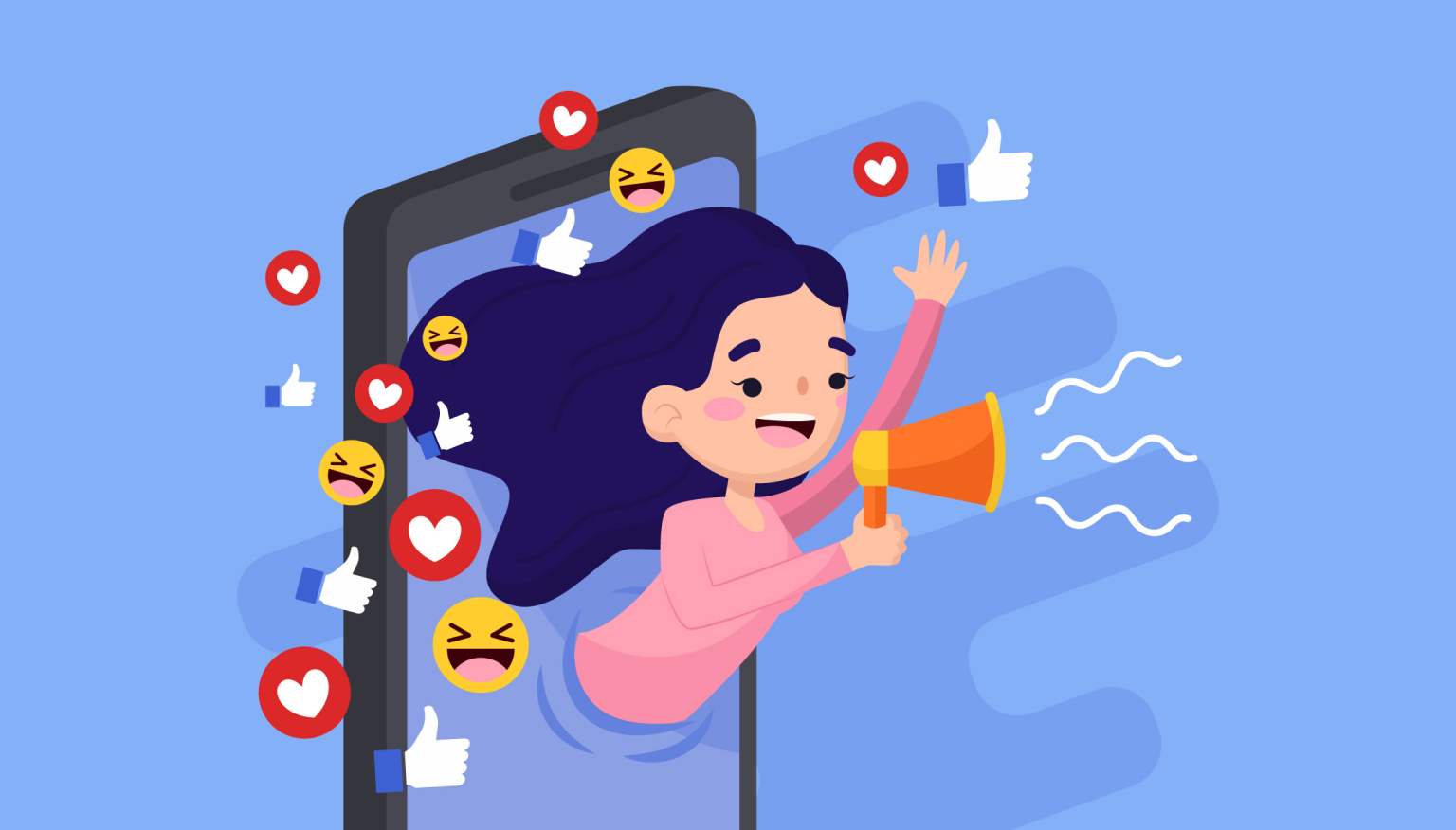Attracting customers online
How to attract potential customers and buyers to the site?
Methods and ways to attract customers to the site.
Let's start by saying that I will briefly talk about which ways and methods of attracting a client are the main ones. Get ready, there will be bullets.
- Advertising in social networks.
Also known as targeted advertising. It is configured in social networks (facebook/Instagram) for a specific audience to attract customers. Users see ads in the feed, stories and other places and go to the site. - Advertising in search engines.
Also known as contextual advertising. It is configured in Google/Yandex by keywords to attract customers. Search engine users are looking for answers to their queries - they receive advertising and go to the site. - Advertising in the media network.
Also known as banner ads. As a rule, it is configured either in Google tools or in Facebook tools. It depends on whether it is remarketing (advertising on a ready base) or regular advertising on the media network. - SEO
SEO is about getting your site in the top 3 of Google for targeted keywords. The most effective way to promote, in my humble opinion, because the cost is cheaper and the result is more stable. Although, of course, it all depends on the niche.
- Aggregators and marketplaces
A little less suitable for b2b than for b2c, however, placing goods and services in catalogs and marketplaces gives sales.
Of course, there are many more social networks than two, and traffic on the Internet is not limited to these channels. Nevertheless, for 90% of businesses, the use of at least these methods and ways to attract customers will give a significant result, and a minimal increase in efficiency will be even more so.
In a rough version, it looks like this:
An ad is placed on Google, a potential client sees it, goes to the landing page. If he makes a purchase, good. If not, we “catch up” with advertising.
Now let's take a closer look at how you can attract customers to the online store and customers to the site.
Attracting customers to the online store
Let's say you already have an online store, but it does not generate sales.
What is the reason? How to attract customers to the online store?
The situation is the same as with an offline store - you need to advertise.
If we imagine that the entire Internet is a huge city like New York, Moscow or Beijing. Only taken together and a thousand times more. Now imagine that a store has opened somewhere in this city. Represented? This is your online store and in order to find it, the client needs to look for it.
Of course, having a general understanding of marketing, we can assume how much traffic (people) will pass by the store, how many will enter it, how many will pay attention.
But, in fact, most likely, you can’t say for sure. Unless you are a guru. At the same time, the risks offline are much higher than online.
So, to attract customers to the online store, you need to create traffic to the online store. It is best to do this in the ways and methods described above. And now, in turn, I will share a couple of schemes and ways to do this.
“How to attract customers to an online store” - Option No. 1
We are trying to attract customers to an online store through Google.
Step one: We collect keywords according to the principle “what are my customers looking for?”. For example, “Buy joggers in Kyiv” or “Buy a chair with Obolon delivery” and so on.
Step two: write down all the keywords in the tablet.
Step three: register with Google Adwords, connect to the Google Analytics website.
Step four: set up an advertising campaign and launch it to attract customers on the Internet (a lot of articles have been written on how to do this, in addition, there are detailed instructions from Google itself). It is advisable to set it up in the Google Merchant Center as well.
Step five: we are waiting for traffic, when we wait, we analyze it. During the analysis, you need to look at the following metrics: the number of clicks, the average cost per click, the conversion from clicks to purchases.
Step six: we draw a conclusion about the effectiveness of advertising, the cost of attracting a client to an online store is invested in the price.
Note: Advertising, of course, should always be adjusted, supplemented with negative words, removed key queries that drain the budget - but that's about how to set up advertising. And our publication on the topic of how to attract customers on the Internet. Therefore, we move on.
“How to attract customers to an online store” - Option number 2
Now let's tell you how to do the same on Facebook.
Here the principle is, of course, different. You don’t need to choose words, you need to choose the characteristics of your customers - age, position, interests, lifestyle, geolocation, gender, and so on.
If you know your customers well, there will be no problems.
Step one: go to Facebook, to the advertising manager (if you already have a business page for the company on Facebook. If not, you need to create it).
Step two: choose the type of advertising to attract customers to the online store. There are many types of Facebook ads, they differ in the end goal. Your option is traffic or conversion.
Step three: choose an audience (as described above).
Step four: create an advertisement (text, image, CTA - calls to action).
Step four: install the Facebook pixel and analytics on the online store.
Step five: launch ads, get traffic, analyze the result according to the same principle, compare efficiency with Google.
“How to attract customers to an online store” - Option #3
Now let's talk about SEO. In order to better understand what it is, I always give a simple example. Imagine that Google has 300 criteria by which it evaluates and subsequently ranks a website.Now imagine that every two weeks - a month, an auditor from Google comes to you and checks the site. The more accurately the site or online store matches this list, the higher the site will rise in the search results.
Therefore,
Step one: Learn Google's requirements for online stores and implement technical changes to the site. It is necessary to optimize the entire online store and all pages.
Step two: Collect the semantic core - this is the entire list of keywords for which you want to be in the top of Google.
Step three: Optimize the texts on the site - put the correct structure of headings, text blocks, put down alt attributes for pictures and so on.
Step four: Write and insert meta tags on the site.
*I deliberately do not delve into the topic, because how to optimize the site is described in detail in other publications of our blog.
Step five: Make sure that the site has a sitemap and submit it for reindexing.
Step six: - analyze the growth of positions, traffic, identified errors, in general, all the data and draw up a further promotion plan.
SEO is a complex process. In fact, much more difficult than setting up ads. If we are talking about online stores, everything is easier with websites because the competition is lower, as are the requirements for technical optimization (which means that you can do it without a programmer, if you really want to and learn. However, nothing will work with an online store without programmers).
As a rule, after six months of work, a clear result becomes visible. Although for some of our clients - the result is visible in the first three months.
What else can I do to attract customers to the online store?
If you have already launched ads on Facebook and Instagram, you can also launch remarketing. Surely you have noticed that when you go to some online store to look at products, you are then caught up with advertising from this site or even the products that you looked at?
So this is not difficult, this process is called remarketing. You collect an audience from users who have visited the site and make banner ads for it on the Google or Facebook media network. The cost of such advertising is much lower, because you already have an audience!
Of course, you can still do mailings to databases, advertising in the media, bloggers, webinars and more. However, in our experience, for the systematic work of marketing, calculating the cost of selling on the Internet, these tools are most effective.
Attracting customers to the site
In order not to duplicate all of the above about attracting customers to the online store, I will go through the main differences in attracting customers to the site and to the online store and focus on the differences. Because the concept is the same.
So, the main difference is that for an online store there is enough traffic for targeted queries, since the result of the conversion is a purchase.
Everything is different on websites.After all, the result is an application. She may not bring money.
Besides, if we look at the b2b sphere, the audience is much narrower, and the requests are more varied. If you are engaged in, for example, the implementation of business automation tools, it is a very big mystery how exactly customers google it :)
Therefore, if we are talking about b2b sites, SEO works best. After all, you will always be in the top of Google, but whether advertising will give customers today is a big question.
Why? Everything is simple. If there are few requests, and the competition is high (for example, on the request “order a turnkey PR campaign”, then advertising will cost money all the time. Approximately 15-25 hryvnia per click. In SEO - for free. Naturally, you pay for support. But, let's see to be honest - you also pay for setting up ads, but there is still a budget, but not in SEO).
For example, our company receives leads from Google for free. Because our site is in the top for targeted queries. However, we do advertise on Facebook. Since this is a different promotion channel, a different audience, which means even more potential customers.
In the same Facebook - we also do remarketing. Perhaps, after reading this article, you will see our advertisement scrolling through the feed. But this is not accurate, because you entered not for the target request, but for information :)
We also monitor this.
If you have any questions - fill out the contact form and our specialists will advise you.
















